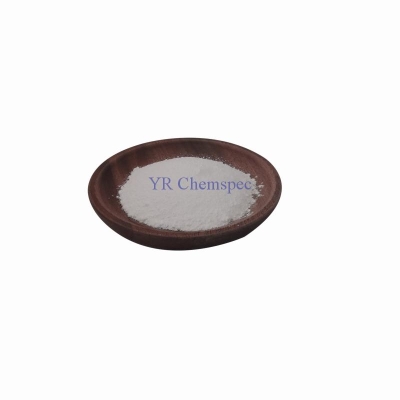-
Categories
-
Pharmaceutical Intermediates
-
Active Pharmaceutical Ingredients
-
Food Additives
- Industrial Coatings
- Agrochemicals
- Dyes and Pigments
- Surfactant
- Flavors and Fragrances
- Chemical Reagents
- Catalyst and Auxiliary
- Natural Products
- Inorganic Chemistry
-
Organic Chemistry
-
Biochemical Engineering
- Analytical Chemistry
- Cosmetic Ingredient
-
Pharmaceutical Intermediates
Promotion
ECHEMI Mall
Wholesale
Weekly Price
Exhibition
News
-
Trade Service
3.
1 The concept of reaction rate
The decrease in the concentration of reactants or the increase in the concentration of products per unit time can be used to indicate the rate of a chemical reaction
.
Commonly used units of reaction rate are mol·dm -3 ·s -l , mol·dm -3 ·min -1 or mol·dm -3 ·h -1
3.
1.
1 Average rate
For reaction
aA=bB
If the average rate is represented by the decrease in the concentration of reactant A during t 1 →t 2 , then the average rate rA is
In the formula, [A]1 is the mass concentration of substance A at time t1; [A]2 is the mass concentration of substance A at time t2
.
Add a "-" sign in front to make the reaction rate a positive value
In the same time interval, the reaction rate can also be expressed by the change in the concentration of product B
The value of the reaction rate expressed by different substances in the reaction formula may not be equal, but because it represents the rate of the same reaction, there should be a certain relationship between each other, and this relationship is related to the stoichiometric number
.
due to
Dividing both sides of the equation by △t at the same time, we get
So there is
Therefore, the reaction rate expressed by different substances is proportional to the stoichiometric number of the substance in the reaction formula
.
The average reaction rate is the average result of the reaction rate in a certain time interval.
The larger the time interval, the greater the difference between the average rate and the reaction rate at a certain moment
3.
1.
2 Instantaneous rate
Usually the chemical reaction rate at a certain moment is called the instantaneous rate of the reaction
.
Using the experimental data, taking the reaction time/ as the abscissa and the product concentration as the ordinate, the curve of the product concentration versus the reaction time can be obtained, as shown in Figure 3-1(a)
.
By drawing the secant of the curve at two points at t 1 and t 2 , the slope of the secant represents the average reaction rate in the time interval t 1 to t 2 , as shown in Figure 3-1(b)
.
Obviously, the smaller the time interval between t 1 and t 2 is, the closer the slope of the secant line is to the slope of the tangent line of the curve
Figure 3-1 The relationship between average speed and instantaneous speed
The instantaneous rate of the reaction is the limit of the average rate, expressed mathematically as
This limit form can be expressed as a differential
The change of reactant concentration can also be used to express the instantaneous rate, and its differential formula is
At the same time, the change in the concentration of different substances is used to represent the instantaneous rate of the reaction, and the values are not the same
.
Similarly, the instantaneous rate is proportional to the stoichiometric number of the substance in the reaction equation
Among the instantaneous rates at all times, the initial rate (initial rate) r 0 is the most important, and the initial rate is often used when studying the relationship between the reaction rate and the concentration
Related Links: Calculation of Standard Moore Generated Gibbs Free Energy and Standard Gibbs Free Energy Change







